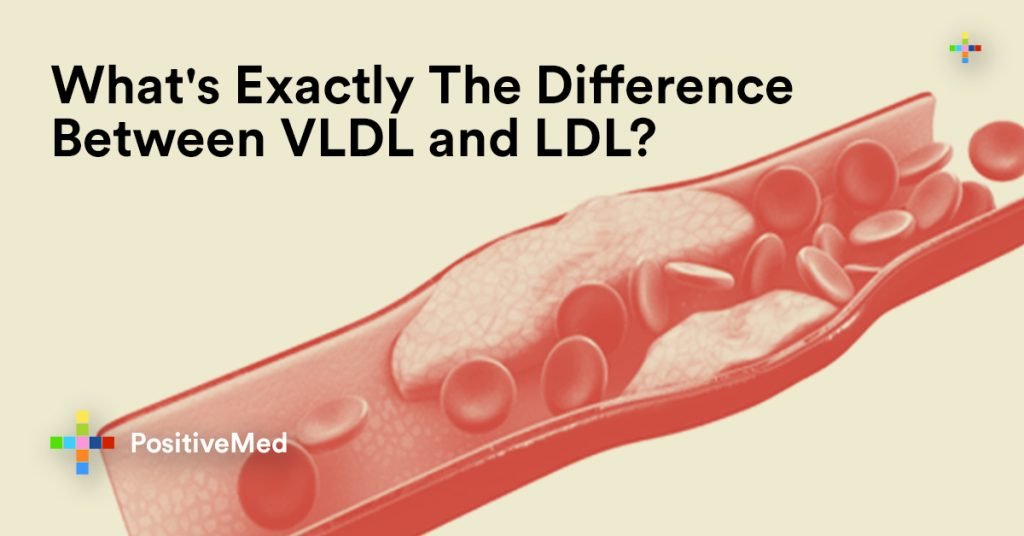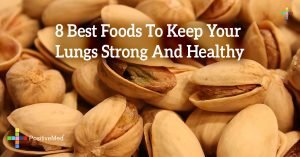The human body uses cholesterol to digest food and triglycerides to store the energy collected from digestion. Lipoprotein carries them in the bloodstream , which has five types: chylomicrons, high-density lipoprotein (HDL), intermediate-density lipoprotein (IDL) low-density lipoprotein (LDL) and very low-density lipoprotein (VLDL).
Out of all the types, VLDL and LDL stand out because of their differences, particularly their effects to the human body.

Triglycerides and VLDL
VLDL circulates cholesterol (10%), triglycerides (70%), proteins (10%) and other fats (10%)throughout the bloodstream. Triglycerides are produced by the human body whenever it consumes carbohydrates and sugar. Extra triglycerides are stored in the cells for later use should the body need additional energy.
However, VLDL can cause plaque buildup in the arteries if the body consumes more carbs and sugar than metabolism can burn. Also known as atherosclerosis, it increases the risk of heart disease and stroke. It can trigger coronary artery disease, wherein the coronary arteries become narrow or blocked.
Increased inflammation and blood pressure, changes in the linings of blood vessels, and low levels of HDL can also cause decrease VLDL levels.
Triglycerides, which are synthesized in the liver, is stripped from VLDL through the enzyme called lipoprotein lipase. Lipoprotein is located on the surface of endothelial cells. They digest triglycerides to fatty acids and monoglycerides. It can also diffuse for oxidation in the cell or resynthesize into triglycerides if it is an adipose cell.
For a healthy level, VLDL levels must be between 2 to 30 milligrams per deciliter (mg/dL). Any more and it can spell heart problems. Even though triglycerides stores energy in cells, it is still a type of fat that must be controlled to avoid cardiovascular diseases. Fortunately, these can be prevented by proper diet and regular exercise.
The smaller range of the two, it is more difficult to keep the results within VLDL range. Planning a diet and workout regime can increase the score, and must be consulted with the doctor first to maximize effectivity. The doctor will use the patient’s medical history and other pertinent records as basis for prescription.
Cholesterol and LDL
LDL contains 26% cholesterol, 25% proteins, 15% other fats, and 10% triglycerides. Cholesterol creates vitamins, hormones, and other substances that can break down food. It is also used by the membranes and synthesized to produce steroid hormones. Cholesterol can also come from meat and dairy products, to name a few.
Cells take cholesterol using receptor-mediated endocytosis. This process moves large molecules, parts, and even whole cells and puts them in a cell. Density in LDL increases after removing triglycerides from VLDL particles. They will remodel at the liver to become LDL.
High levels of LDL cholesterol increase the risk of heart attack and stroke . Like VLDL, it can also cause plaque buildup in the arteries, stiffen arterial walls, and cause blood clots. Blood pressure will rise because the heart is pushing blood through clogged blood vessels, weakening heart muscles over time.
Again, proper diet and exercise can lessen lipoprotein levels to 100 mg/dL and below. The doctor may also give medication to control and decrease cholesterol levels in the body, using the patient’s records as a guide. This will make consultations easier and more efficient.
Normal results
A blood sample is required for a VLDL test, usually extracted from the elbow or back of the hand. Normal VLDL range is from 2 to 30 mg/dL, though this may depend upon the advice of the doctor.
On the other hand, LDL’s normal range is between 70 and 189 mg/dL. It should not exceed 190 mg/dL, otherwise it would be too high. Factors like diabetes, age, and heart disease can increase the results, which should be confirmed with the doctor.
It is important to have cholesterol levels checked if there are other factors for heart and cardiovascular disease. Weight gain, lack of regular physical activity, and an unhealthy diet, etc. are all viable reasons for a medical checkup.
Aspire for HDL, the good cholesterol, that sends both VLDL and LDL to the liver to remove them from the body. The findings should be above 60 mg/dL. If it’s lower, again, proper diet and regular exercise as well as consuming mono and polyunsaturated fat can increase HDL cholesterol level.
Sources
• https://courses.washington.edu/conj/bess/cholesterol/liver.html
• https://www.webmd.com/cholesterol-management/qa/what-are-lipoproteins
• https://www.sciencedirect.com/topics/medicine-and-dentistry/triacylglycerol
• https://medlineplus.gov/cholesterol.html
• https://courses.lumenlearning.com/wmopen-biology1/chapter/endocytosis-and-exocytosis/








